Budapest Tourist Guide

Rudas Thermal Bath Budapest is one of the most important thermal baths of Budapest. The centerpiece of the bath today, the Turkish bath, was built during the 16th century in the period of the Turkish occupation.

Japanese Garden: Japanese garden and fish pond with statues, fishes, turtles, and a nice waterfall.

Erzsébet Square: A huge park with an ferris wheel, ornamental fountain and cafes, bars.
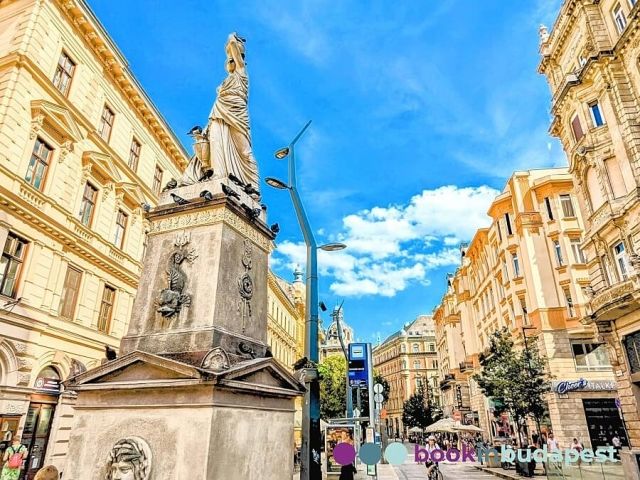
Ferenciek Square is located on the Pest side of the Elizabeth Bridge, home to many end-of-century architectural masterpieces.

The Pesti Franciscan Church in the city centre is located in Ferenciek Square, a few steps from Váci Street.

19th century nostalgia cable car which take you from the Chain Bridge up to the top of the Castle Hill.
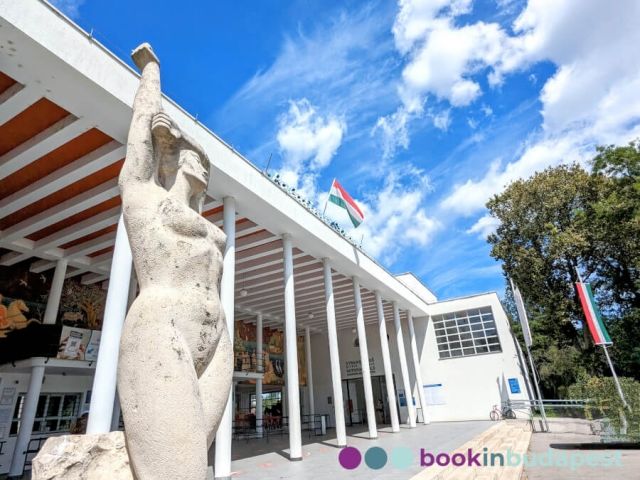
Palatinus Bath on the Margaret Island operated since 1919 has got 11 pools: the iconic wave pool built in 1937, several giants slides, and thermal pools. The open air baths operate all year long.

Inner City Parish Church: The oldest church in Budapest, with Roman, Gothic, Turkish, Baroque elements, a lookout tower in its towers.

The Great Synagogue in Dohány street is the world’s second largest synagogue. It was built by the Neolog Jewish community of Budapest between 1854 and 1859.

St. Joseph Church: late baroque church from 1814

The Hungarian Parliament building, a magnificent example of Neo-Gothic architecture, is just over 100 years old.

Large complex of the white towers, and terrace with one of the best panorama of Budapest. The Fisherman’s Bastion was built in the 19th century in neoclassical style.

Budapest Nyugati Railway Station, is one of the three main railway terminals in Budapest, Hungary. It lies at the intersection of Grand Boulevard and Váci Avenue.

Paris Courtyard, also known as Brudern House, is an eclectic style passageway and located in Ferenciek Square.

House of Hungarian Music: museum, and concert venue in the City Park

This outstanding fountain on Margaret Island is considered to be one of the largest in Europe. The musical fountain sets hourly music shows, and a light show at night.

Exhibits related to the fascist and communist dictatorships in Hungary.

The biggest and most comprehensive library in Hungary, founded in 1802.
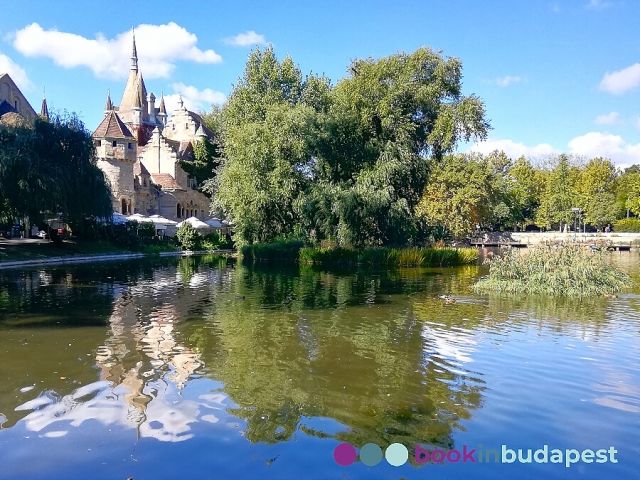
The Budapest City Park is the main public park in Budapest with famous museums, the Széchenyi Bath, and the Budapest Zoo.

Was built to facilitate the 1896 Millennium Expo’s exhibitions, and also to show Hungary’s dominant architectural styles to visitors.
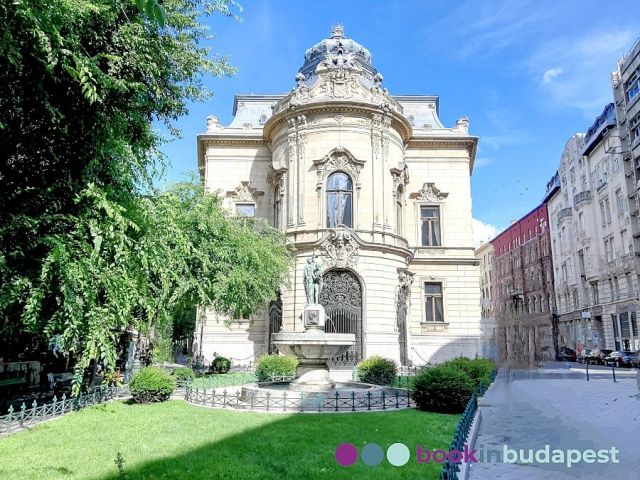
Ervin Szabó Library Wenkcheim Palace: Originally it was the winter palace of the Wenkcheim family, today it is the most beautiful library in Budapest.

Puskás Aréna multi puspose stadium built in 2019

Europe’s largest ice-skating rink is located at the edge of the City Park, enclosed between Heroes’ Square and Vajdahunyad Castle.

The “Shoes on the Danube Bank Embankment” monument honors the Jewish victims that were shot into the Danube in 1944-1945.

Andrássy Avenue: Budapest's main boulevard, luxury shops and elegant palaces

The so called “Füvészkert” in Budapest is the oldest botanical garden of Hungary, the official name of which is ELTE Botanical Garden. The garden flaunting more than 7000 plant species.

The Neo-Renaissance building of the State Opera House was designed by Miklós Ybl, built between 1875 and 1884. Its auditorium seats 1289 people.

Musical well on Margaret Island, or Bodor well on Margaret island was contstructed in 1936. Drinking fountain at the northern end of the Margaret Island.

The Franz Liszt Academy of Music is the flagship of Hungarian musical education, and the most prestigious concert venue of Budapest. It is one of the most important Art Nouveau landmarks in the city.

St. Teresa of Ávila Parish Church: a late Baroque church built in 1809

The Mai Manó House, Hungarian House of Photography, uniquely in Europe, was built for the purpose of exhibiting photography.
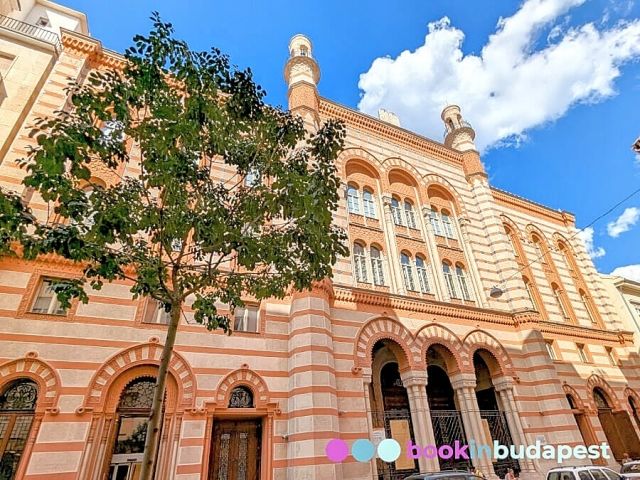
Rumbach Street Synagogue: A Moorish-style synagogue built in 1872

Budapest best known landmark. It was built between 1250 and 1270, in the heart of the Buda Castle District.
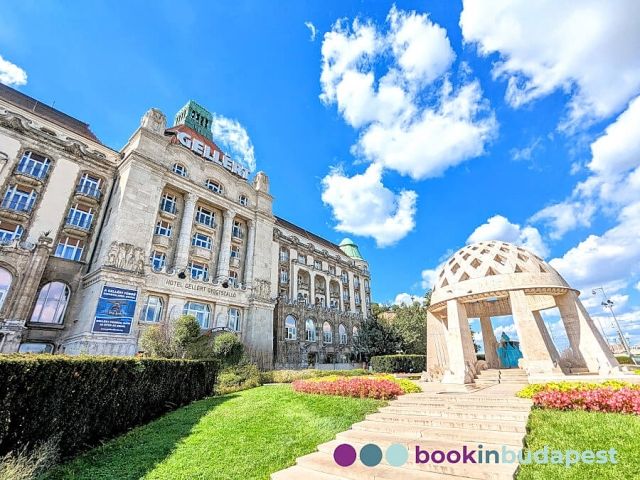
Gellért Thermal Bath is one of the most famous thermal spa baths in Europe, and one of the leading natural hot spring spa baths in Budapest, Hungary.

The Széchenyi Thermal Bath is one of the largest spa complexes in Europe. It’s also the first thermal bath of Pest. The Széchenyi Thermal Bath was built in 1913 on the basis of plans composed by Gyozo Czigler.

Landmark 19th-century suspension bridge, designed by William Tierney Clark. The Széchenyi Chain Bridge is the first permanent bridge over the Danube between Buda and Pest.

Little Princess Statue: an iconic statue of Budapest on the banks of the Danube

Statue of St. Stephen: The most impressive monument of the first king of Hungary in the Buda Castle

Equestrian statue of András Hadik: life-size equestrian statue
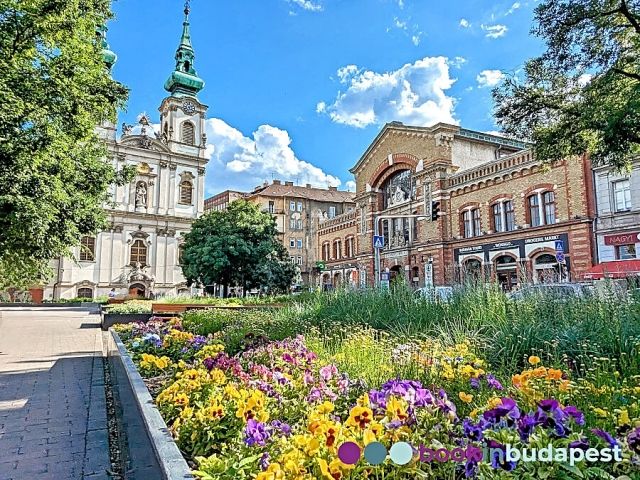
Batthyány Square: in the past, fairs were held in the square, today the one of the most beautiful views of the Parliament building opens from here

Mary Magdalene Tower: the Gothic bell tower is the surviving remains of the Church of Mary Magdalene. The lookout on the top level offers a great view of the Buda Castle District.

Equestrian Statue of Prince Eugene of Savoy: the finest equestrian statue in Budapest

It presents the 2000 years of Budapest, on three floors. A visit through the exhibition is a virtual time journey from Roman ages until the present day.

Holy Trinity Square: the centre of the Buda Castle District and one of the most beautiful squares in the city

Church of Stigmatisation of Saint Francis: Blue baroque church close to Batthyány square, richly decorated interior

St. Anne's Church in Buda: twin-tower Baroque church, the best example of Italian baroque architecture in Budapest

Holy Trinity Statue: a baroque column erected in memory of the victims of the plague in the Buda Castle District

Things to do in Budpest: Travel Guide Budapest, Budapest sights with detailed information. Prices, practical informations and opening hours.
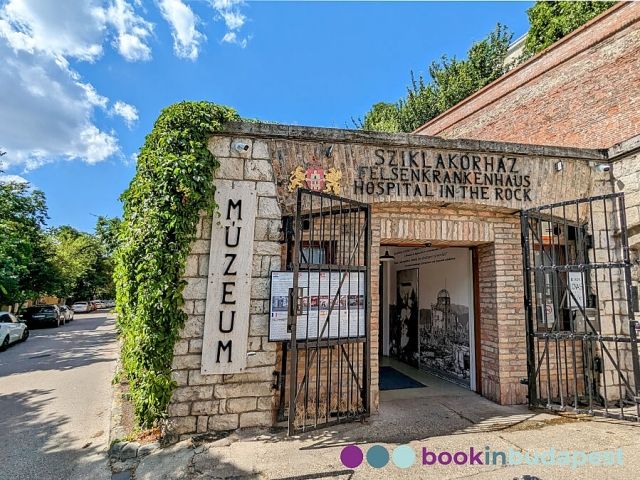
Rock Hospital Museum: a former air hospital and nuclear bunker in the depths of the Castle Hill

Lutheran Church of Budavár: Neo-Baroque church at the gate of Buda

Vienna Gate: medieval entrance to the Castle Quarter

Danubius Fountain: large fountain on Erzsébet Square
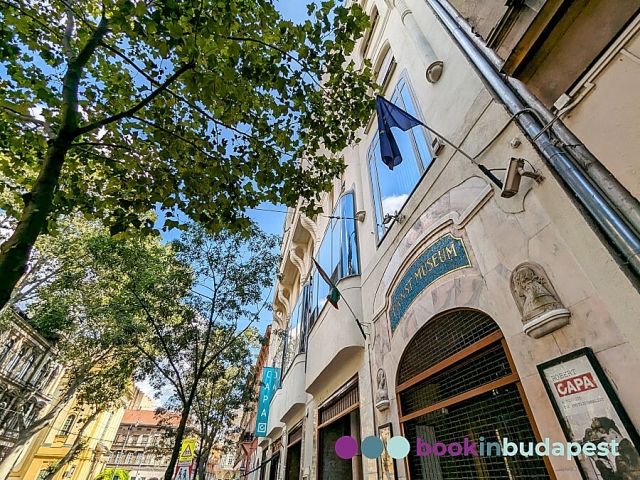
The Robert Capa Contemporary Photography Center opened in 2013, as an exhibition space, focusing on press and documentary photography.
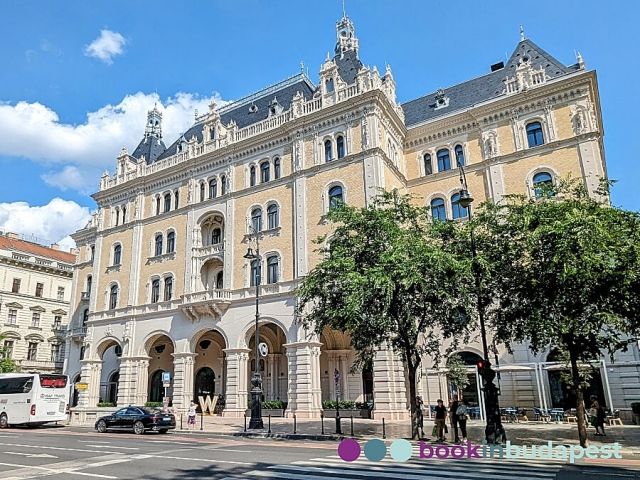
One of Budapest’s important monuments is the Drechsler Palace, directly opposite from the State Opera House.

Budapest is the capital of Hungary. As the largest city of Hungary, it serves as the country’s principal, political, cultural, commercial, industrial and transportation center.
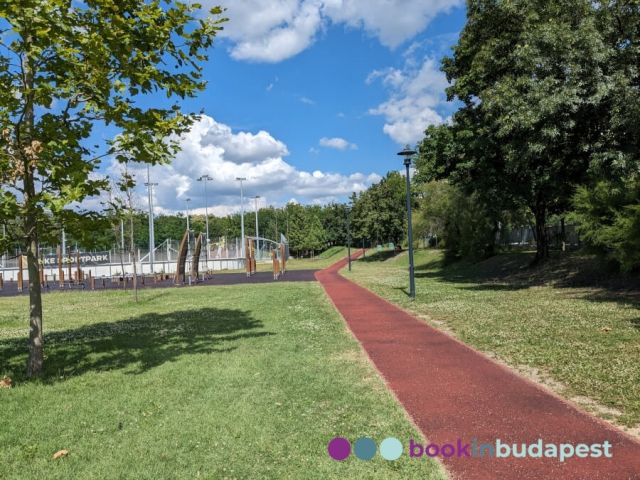
Best running routes in Budapest
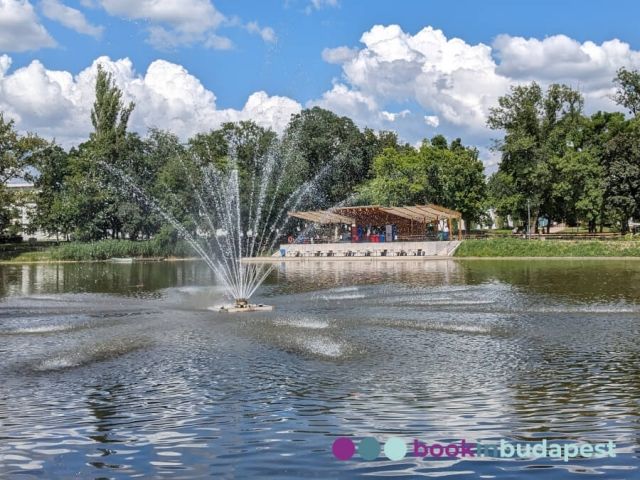
Orczy Park: large leisure park with running track, playgrounds, and lake

Kazinczy Street Synagogue: Art Nouveau Orthodox Synagogue built in 1913
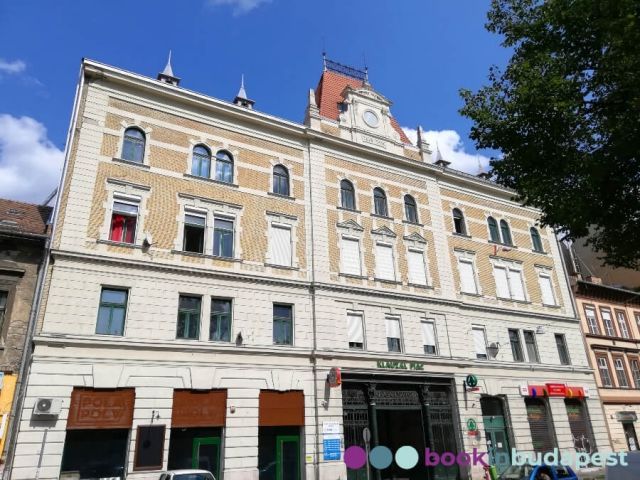
Klauzál Square Market Hall: a market hall hidden behind the facade of an apartment building

A collection of weapons, uniforms, flags and military relics. Built as an army barrack in the 1830s.

Electrotechnical Museum: a museum presenting the development of lighting and electricity

One of the most emblematic architectural masterpieces of the cityscape. The first royal residence on the Castle Hill was built in the 13th century.

Medieval Jewish Prayer House: 15th century synagogue in the Buda Castle District

Garrison in the Buda Castle: the former barracks of the royal palace guard
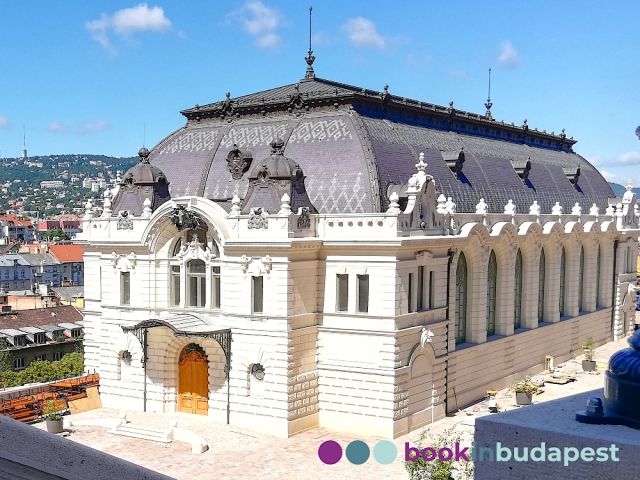
Royal Riding Hall: former riding school in Buda Castle

Buda Castle Tunnel: tunnel under the Buda Castle

Buda Castle Labyrinth: labyrinth under the streets of Buda Castle

National Archives of Hungary: a romantic style building that preserves the written memories of Hungarian history
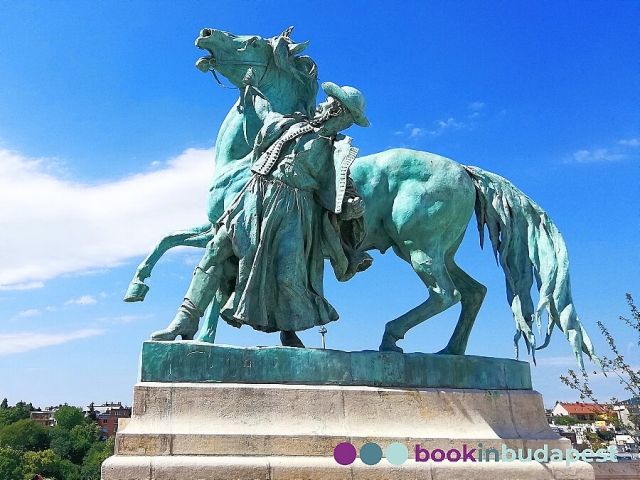
Horseherd statue: iconic bronze statue in the Buda Castle

The Hungarian National Gallery is the largest public collection documenting and presenting the rise and development of the fine arts in Hungary.

Arcaded shops and Baroque gardens at the foot of the Castle. The Castle Bazaar was designed by Miklós Ybl and it was built between 1875 and 1883.

Fountain of King Matthias: an iconic fountain in the Hunyadi courtyard of the Royal Palace
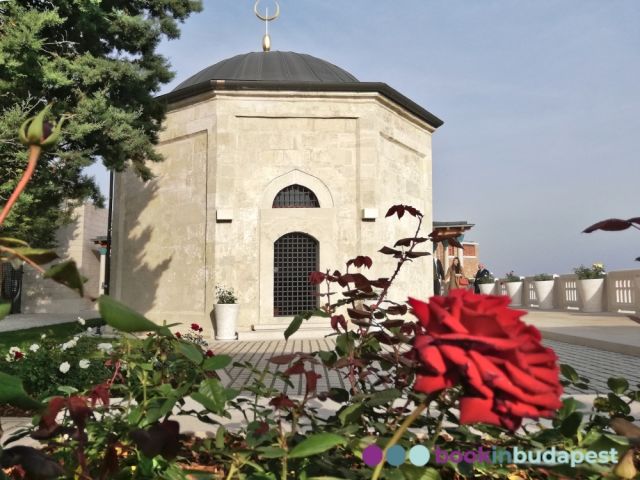
Turkish Shrine in Budapest: Octagonal 16th-century Ottoman tomb and former Muslim pilgrimage site that’s now a national monument.

Photos of Budapest: Selected pictures of Budapest sights.

Fountain of the Fishing Children: bronze sculpture composition from 1900

Museum of Roman relics in a large excavation site. Amphitheatre, aqueduct, roman mosaics, and many more.

Szilágyi Dezső Square Reformed Church: Neo-Gothic church on the Buda side of the Danube

Batthyány Square Market Hall: market hall near the Danube

Király Thermal Bath: an authentic Turkish bath from the 16th century
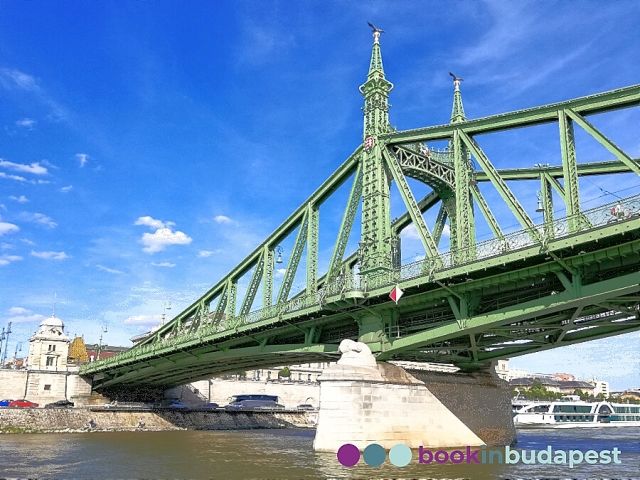
Liberty Bridge is the third and shortest bridge of Budapest. It was built for the Millennium World Exhibition in 1896.

The Liberty Statue on top of the 235-metre-high Gellért Hill dominates the skyline of Budapest. This minimalist statue, erected in 1947, commemorating those who lost their lives for the country

Gellért Hill is Budapest’s most centrally located hill, the favourite of visitors, due to the glorious view of the city from the hilltop. It is a part of the World Heritage since the year 1987.
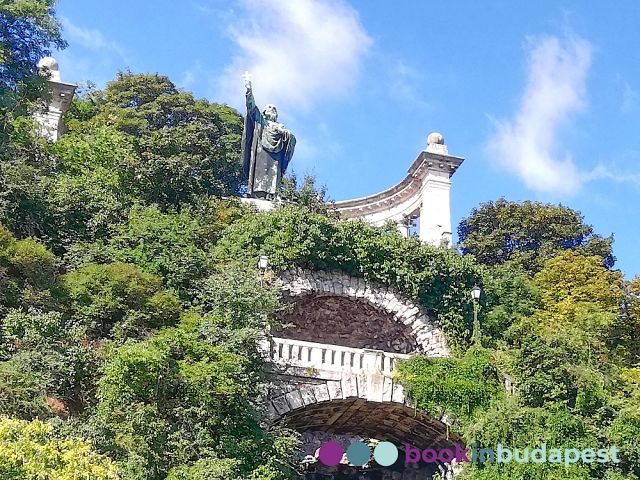
St. Gellért Monument: impressive statue with wonderful view of the city and the Danube

The 514-metre-long Petőfi Bridge (Petőfi híd) is modern girder-bridge of simple structure connecting Buda and Pest.

Cave Church in the rocks of Gellért Hill: a unique church carved into the rocks of Gellért Hill

The construction of the new Elisabeth Bridge began in 1960, to be handed over in 1964.

The Statue Park displaying mementoes of the communist are.

The new metro line is 7.4 km long and consisting of ten stations, will connect the Kelenföldi pályaudvar and the Keleti pályaudvar.

The Citadel was built as a military fortress on the highest point of Budapest’s city centre by Habsburg Austria, following the 1848-49 Revolution.

The St. Stephen’s Basilica is Budapest’s largest church; it can hold 8,500 worshippers simultaneously. Its main façade overlooks Szent István tér and the Danube via Zrínyi utca.
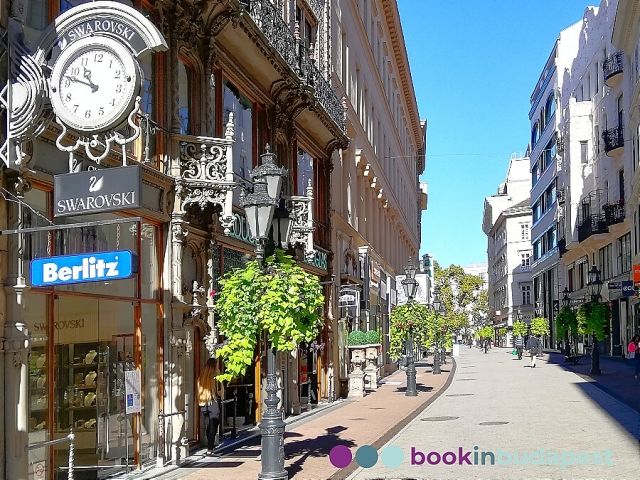
Váci Street is the most famous, traditional shopping street of Budapest. It runs from the Vörösmarty Square, to the Great Market Hall

In the House of Hungarian Art Nouveau you will find a great selection of the masterpieces of the Hungarian Art Nouveau movement.

Downtown St. Anne's Church: richly gilded baroque church on Szervita Square

Statue of Imre Nagy: a monument to the hero of the 1956 uprising

The largest Orthodox church in Budapest was built in 1801 on Petőfi Square.

Szabadság Square: beautiful park with disputed monuments

Pesti Vigado, the most beautiful concert hall in Budapest, located along the Danube Promenade in Pest, was completed in 1865.
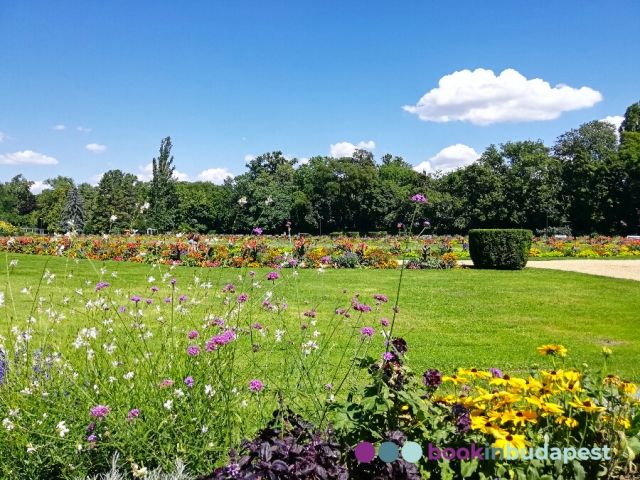
Margaret Island, a pedestrianized recreational island in Budapest. The historical Margaret Island is a special landmark of Budapest.

Picturesque Budapest public transport lines: Many public transport lines in Budapest can be used for sightseeing.

Margaret Bridge the second permanent bridge of Budapest, designed by Emile Gouin of the Eiffel Company. The Margaret Bridge not only links Buda and Pest but Margaret Island too.

Headquarters of the Hungarian National Bank: Neo-baroque building with beautiful sculptures

Margaret Island Water Tower built in Art Nouveau style in 1911, today functioning as a lookout tower and houses exhibitions.

Vörösmarty Square connects the Danube Promenade with Váci Street, making it a popular place for walks - every day, especially during events.

The building of the Hungarian Academy of Sciences on Széchenyi István square was the first example of Neo-Renaissance architecture in Budapest.

József Nádor Square: Square decorated with Herend and Zsolnay fountains

Franciscan Monastery of Margaret Island: 13th century monastery ruin in the middle of Margaret Island

Monument of National Solidarity Budapest - Trianon Memorial: The monument is a 100-meter-long, four-meter-wide promenade that slopes from Kossuth Square.

Szervita Square: an exciting square with Baroque, Classicist, and Art Nouveau buildings

Margaret Island Mini Zoo: Small zoo with rabbits, birds, deer, ponies

Budapest Town Hall, Invalidus House: Former hospital and barracks, and now the Mayor's Office

Palace of Justice: elegant court building opposite the Parliament

The Gresham Palace, built in 1906 in Art Nouveau style, is located on Széchenyi István Square in Budapest, directly facing the Chain Bridge.

One of the most beautiful buildings in Budapest is the Central Market Hall, situated on the Pest side on Fővám tér.

The oldest museum in Budapest, dedicated to the history of Hungary.

University Church, Church of St. Mary the Virgin: magnificent 18th century Baroque church in the city center

Rákóczi Square Market Hall: fresh vegetables and fruits in Rákóczi Square

Palace of Arts is an unique cultural centre, opened in 2005 as a part of the Millennium City modern complex.

Keleti Railway Station (Hungarian: Keleti Pályaudvar) is Budapest’s busiest railway station and a major traffic junction, with a stop of the M2 and M4 Metro line and many bus lines.

St. Michael's Church: a remarkable Baroque church in the bustle of Váci Street

The building is within the Millennium Quarter, a new block between Petőfi and Lágymányosi bridges.

Károlyi Garden: the oldest public park in Budapest

Oktogon: An octagonal square on Andrássy Avenue

Ludwig Museum – Museum of Contemporary Art displays masterworks of modern and contemporary art.

The Millennium Underground Railway is the first Metro line of continental Europe. Opened in 1896 and is still in use as the M1 or the yellow line.

Páva Street Synagogue built in an eclectic style. The synagogue in the 9th district was built in 1924. Today it is part of the Holocaust Memorial Center.

The history of the Millennium Underground.

A uniquely beautiful art nouveau building in Pest, the Museum of Applied Arts in Budapest features among many things Italian majolica, French furniture, Baroque goldware and Zsolnay ceramics (roof).

Serbian Church: charming Serbian Orthodox church in an idyllic garden

Remembering the victims of the Hungarian Holocaust.

György Ráth Villa: the exhibition of the most significant pieces of the Art Nouveau collection of the Museum of Applied Arts
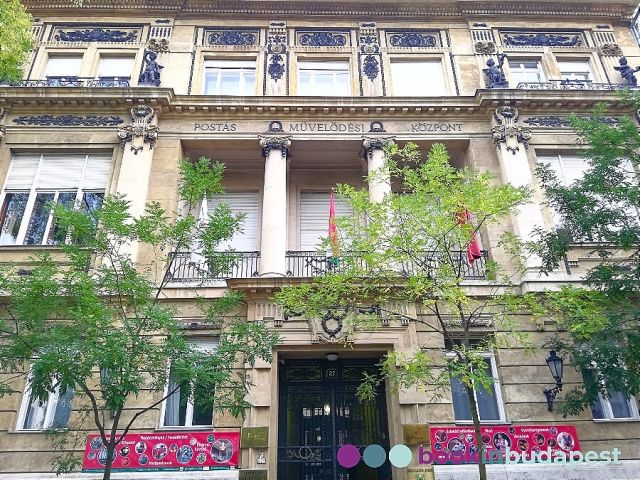
The museum’s collection consists of over 21,000 objects detailing the history of the Hungarian postal service.

Zwack Museum: a museum presenting the history of the famous Unicum liqueur

Fasori Reformed Church: Art Nouveau church near the City Park

Study the plants, animals and minerals typical for Hungary.

Paris Department Store: the first modern department store in Budapest with spectacular interior and the gorgeous murals
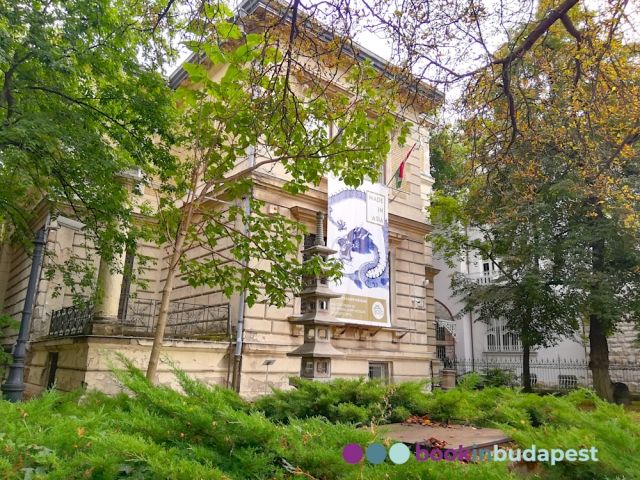
Ferenc Hopp Museum of Asiatic Arts: Hungary's only Asian art museum

Main Customs House, Corvinus University: Neo-Renaissance palace with 22 allegorical statues

Kálvin Square Reformed Church: one of the nicest neo-classicist churches in Budapest

A street lined with bars, restaurants and galleries.

The Transport Museum is one of Europe’s oldest transport collections. Its railway historic collection is of international significance. The museum covers all branches of transportation.

New York Cafe: The most most beautiful cafe in the world, stunning interior decoration on the ground floor of a 5-star hotel

Kodály Körönd is one of the two squares on Andrássy út. The four buildings on the square form a full circle, with Andrássy út and Szinyei Merse utca intersecting in the middle.

Hunyadi Square Market Hall: One of the smallest and most cozy market halls in Budapest

The construction of the Millennium Monument began on the 1000th anniversary of the Hungarian Conquest of the Carpathian Basin, in 1896, and it was completed by 1906. It is the central theme of Heroes’ Square.

The Budapest Zoo, built in 1866, is the oldest and largest zoo park of Hungary.

The Hungary’s premier gallery of art from early times until the end of the 18th century is on display in a stately neo-Classical Museum of Fine Arts at Heroes’ Square.

Heroes’ Square is the biggest and most impressive square of Budapest. In the middle stands the Millennium Monument, with Archangel Gabriel on top.

The Museum of Contemporary Art is the definitive exhibition gallery in Hungary for the contemporary arts.

Main Playground in City Park: Kids' play area with elaborate slides, and climbing area resembling a hot air balloon

The House of the Hungarian Millennium is one of the most beautiful monuments of the Városliget, and also the oldest one.

Formal restaurant with framed artwork, for gourmet Hungarian dishes, live orchestra & folk dancing.

The Agricultural Museum is in the Vajdahunyad castle complex, which is located in Budapest’s City Park behind Heroes’ Square.

Huge collection of items about life in Hungary & the east of Europe in the 19th & 20th centuries.
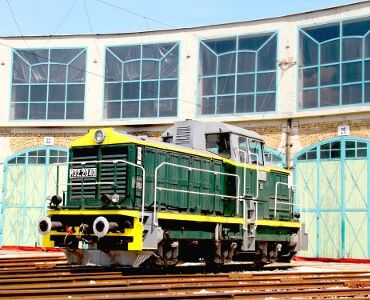
The Hungarian Railway Museum - Railway History Park has over 100 railroad vehicles on display, on a vast 70,000 m2 area.
SPECIAL OFFER: GET 5% DISCOUNT